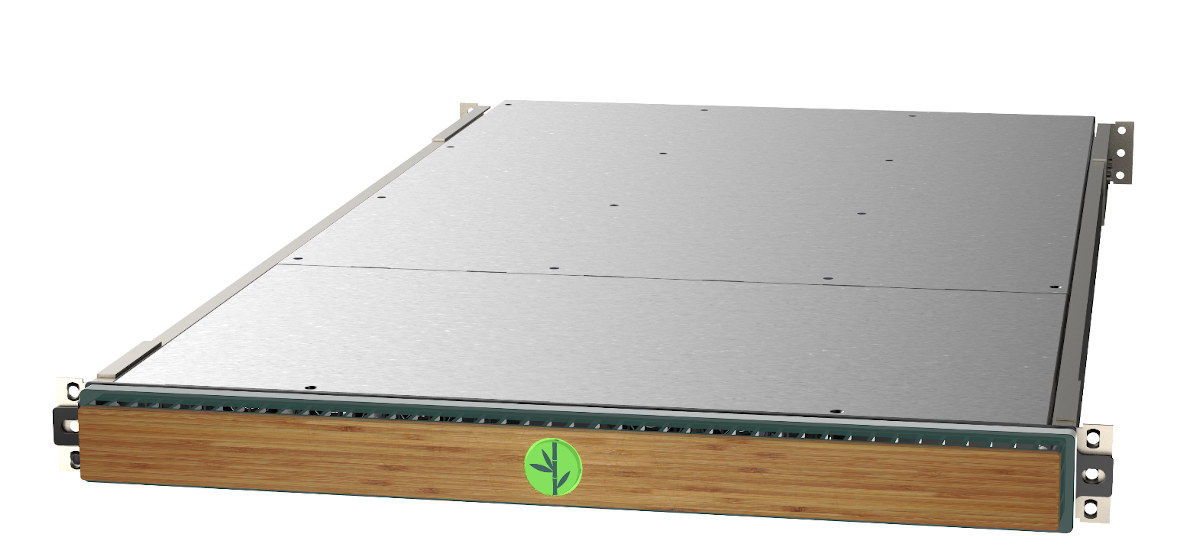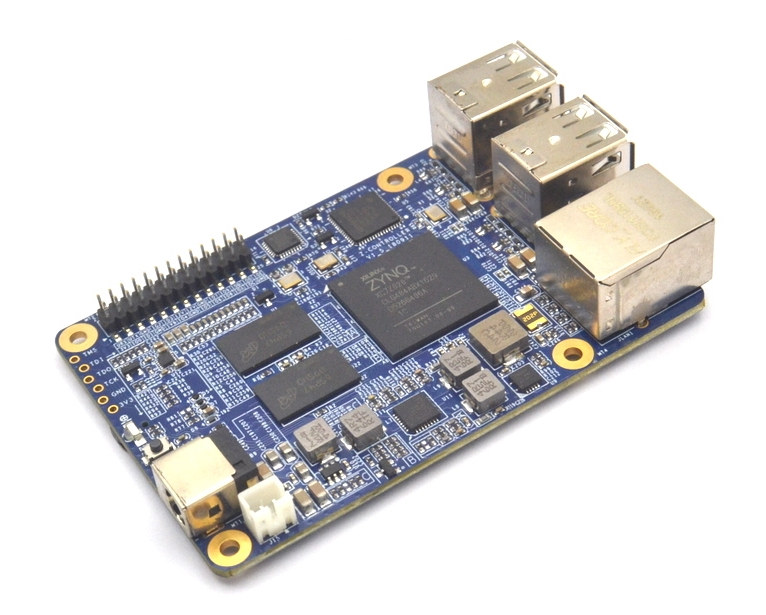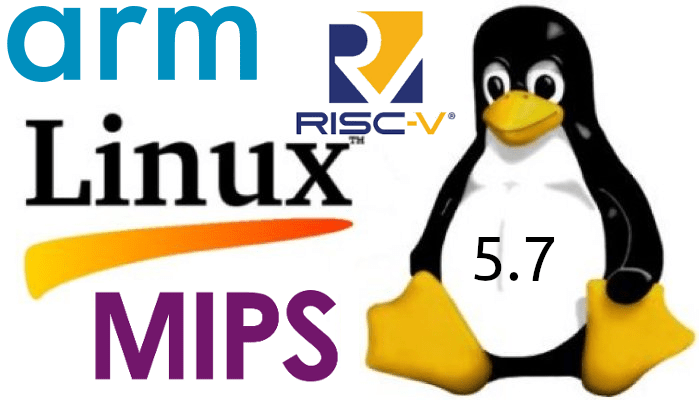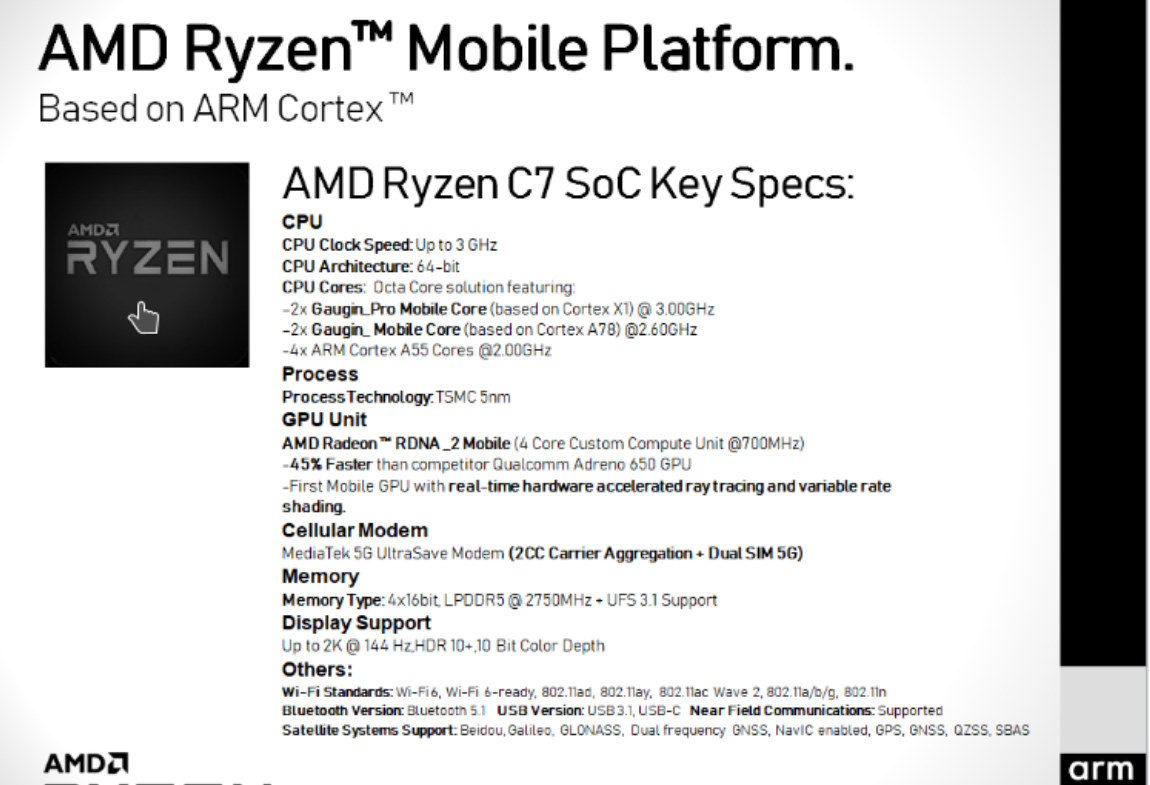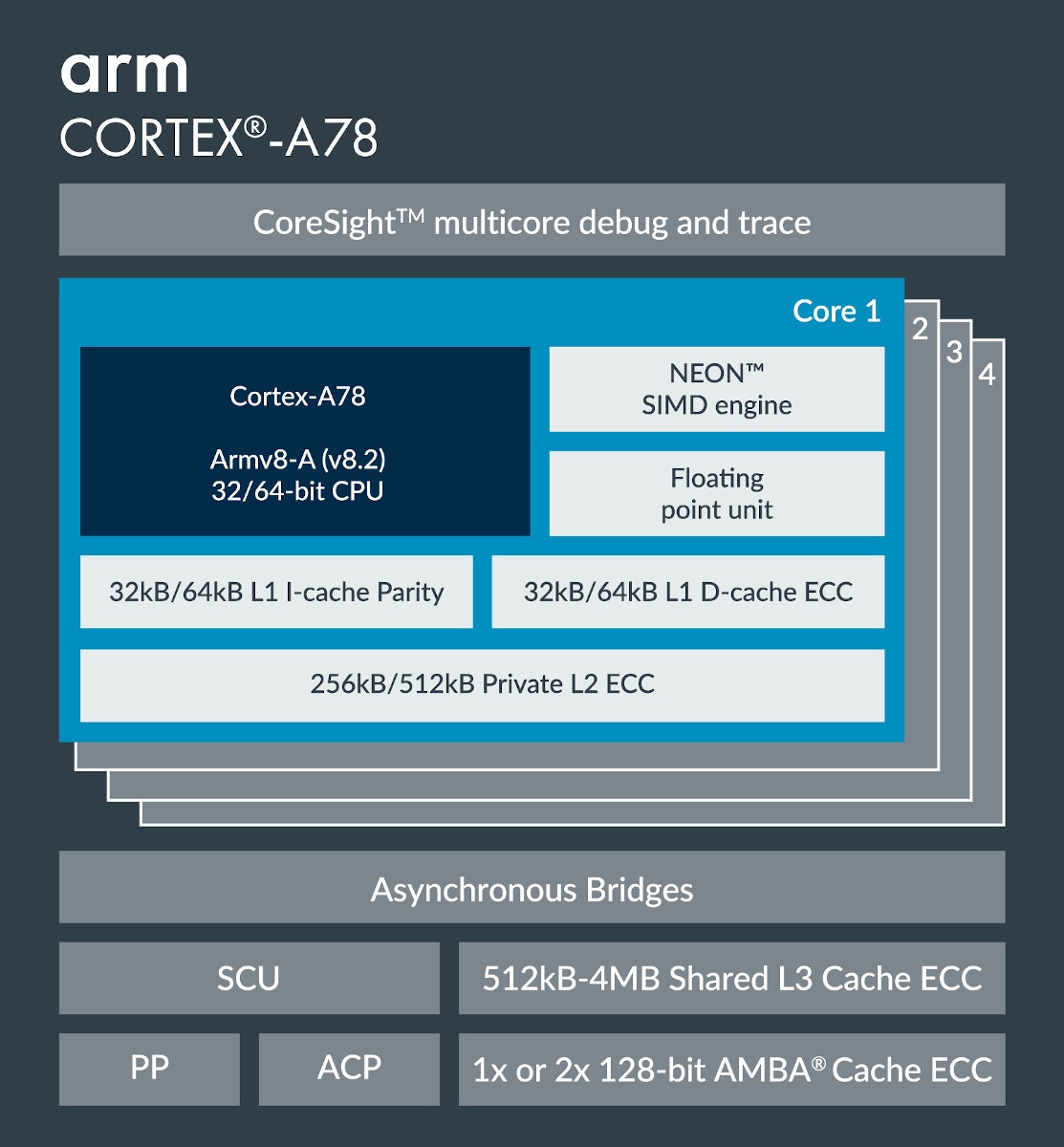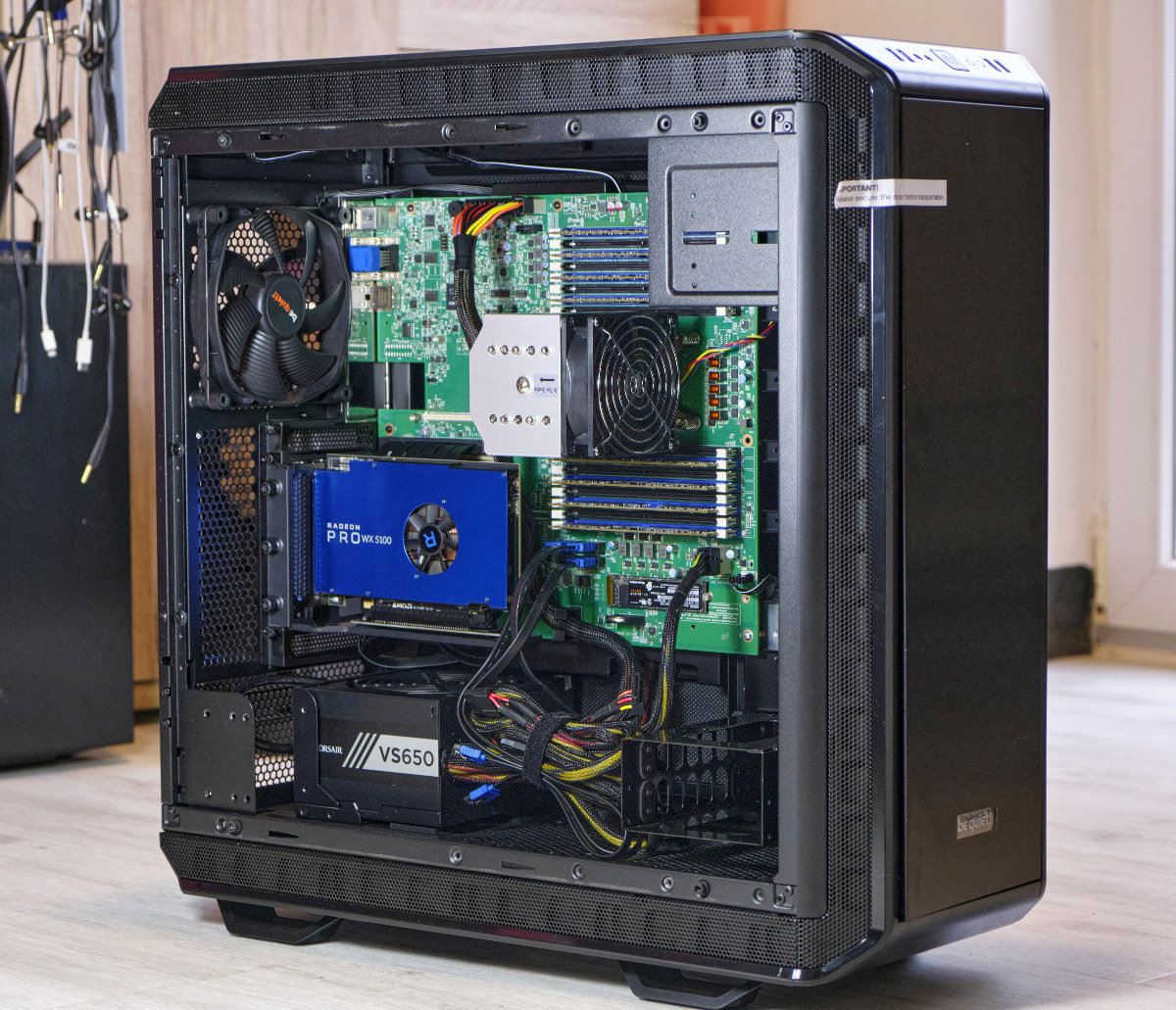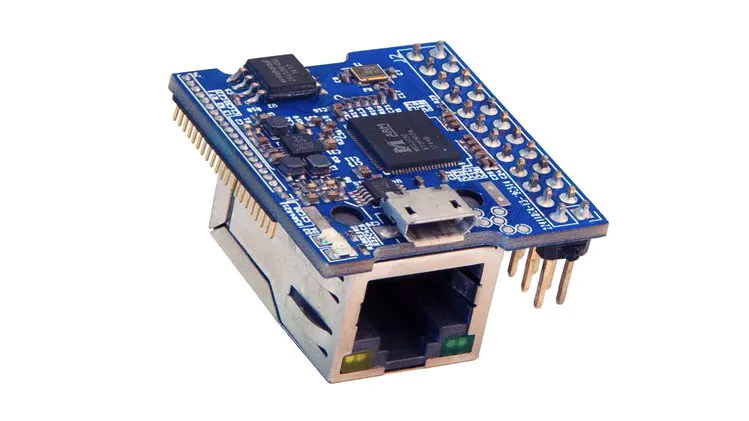SolidRun CEx7-LX2160A COM Express module with NXP LX2160A 16-core Arm Cortex A72 processor has been found in the company’s Janux GS31 Edge AI server in combination with several Gyrfalcon AI accelerators. But now another company – Bamboo Systems – has now launched its own servers based on up to eight CEx7-LX2160A module providing 128 Arm Cortex-A72 cores, support for up to 512GB DDR4 ECC, up to 64TB NVMe SSD storage, and delivering a maximum of 160Gb/s network bandwidth in a single rack unit. Bamboo Systems B1000N Server specifications: B1004N – 1 Blade System B1008N – 2 Blade System N series Blade with 4x compute nodes each (i.e. 4x CEx7 LX2160A COM Express modules) Compute Node – NXP 2160A 16-core Cortex-A72 processor for a total of 64 cores per blade. Memory – Up to 64GB ECC DDR4 per compute node or 256GB per blade. Storage – 1x 2.5” NVMe SSD PCIe […]
Sipeed TANG Hex is a Low-Cost Xilinx Zynq-7020 Arm FPGA Board
Last year, Sipeed launched a $5 FPGA board called Sipeed Tang and based on an entry-level Gowin GW1N-1-LV FPGA. But I had not noticed the company had also worked on a more powerful, yet still low-cost Xilinx Zynq-7020 board in a business card form factor not too dissimilar from the Raspberry Pi model B form factor. Meet Sipeed TANG Hex. So far a low-cost Zynq-7010 or Zynq-7020 board met you had to spend $99 to $199 with products such as MyIR Z-Turn and Digilent PYNQ-Z1. But Sipeed Tang HEX can be purchased for as little as $73 shipping on Aliexpress, or 439 RMB ($62) on Taobao for people based in mainland China. It might be tempting to get a low-cost board to get started, but is it worth it? Read on to find out. Sipeed TANG Hex specifications: SoC – Xilinx Zynq-7020 (XC7Z020-1CLG484) dual-core Arm Cortex-A9 processor and FPGA with […]
GNOME Renders on Arm Mali-G31 Bifrost GPU with Fully Open Source Code
We first wrote about Panfrost open-source Arm Mali GPU driver getting initial support for Mali-G31 Bifrost GPU in late April, when engineers at Collabora managed to run some basic demos. Progress has been fast-paced as the company has now implemented support for all major features of OpenGL ES 2.0 and some features of OpenGL 2.1. That means hardware-based on Arm Mali-G31 GPU such as ODROID Go Advance (used for testing) can run Wayland compositors with zero-copy graphics, including GNOME 3, every scene in glmark2-es2 benchmarks, and some 3D games such as Neverball. All without any binary blobs. The company also claims to support hardware-accelerated video players mpv and Kodi. The way it should work is that while Panfrost driver renders the user interface, Amlogic open-source video decoder developed by BayLibre handles hardware video decoding. All changes are already included in upstream Mesa with no out-of-tree patches required, and Bifrost support […]
Linux 5.7 Released – Main Changes, Arm, MIPS and RISC-V Architectures
OK… I’m a bit late on that one. Linus Torvalds released Linux 5.7 last week: So we had a fairly calm last week, with nothing really screaming “let’s delay one more rc”. Knock wood – let’s hope we don’t have anything silly lurking this time, like the last-minute wifi regression we had in 5.6.. But embarrassing regressions last time notwithstanding, it all looks fine. And most of the discussion I’ve seen the last week or two has been about upcoming features, so the merge window is now open and I’ll start processing pull requests tomorrow as usual. But in the meantime, please give this a whirl. We’ve got a lot of changes in 5.7 as usual (all the stats look normal – but “normal” for us obviously pretty big and means “almost 14 thousand non-merge commits all over, from close to two thousand developers”), So the appended shortlog is only […]
AMD Ryzen C7, an Arm Cortex-X1/A78/A55 Processor with MediaTek 5G Modem? (Leak)
Arm just announced Cortex-A78 and Cortex-X1 CPU cores last week, and we should expect several silicon vendors to announce new SoCs based on the new cores by the end of the year. But AMD? Yes, according to a now-deleted leak from Slashleaks that lives on Twitter. AMD Ryzen C7 mobile processor would come with two Cortex-X1 based Gaugin_Pro mobile cores, two Cortex-A78 based Gaugin_Mobile cores, and four Cortex-A55 cores, AMD Radeon RDNA 2 mobile GPU, and somehow a MediaTek 5G UltraSave modem joined the party… AMD Ryzen C7 specifications: CPU 2x Gaugin_Pro Mobile Core @ 3.0 GHz (Cortex-X1 based) 2x Gaugin_Mobile Core @ 2.6 GHz (Cortex-A78 based) 4x Arm Cortex-A55 clocked @ 2.0 GHz GPU – AMD Radeon RDNA 2 Mobile with 4x compute units @ 700 Mhz that claims to be 45% faster than Adreno 650 GPU found in Qualcomm Snapdragon 865 SoC, and supports real-time hardware ray-tracing and […]
Arm Announces Cortex-A78 CPU, Mali-G78 GPU, Ethos-N78 NPU and Custom Cortex-X1 Core
Arm has just announced its 2020 Arm Mobile IP portfolio with no less than five IP blocks including Arm Cortex-A78 CPU, Arm Mali-G78 and G68 GPUs, Arm Ethos-N78 neural processing unit, and the custom Cortex-X program starting with Cortex-X1, the most powerful Arm core to date. Arm Cortex-A78 CPU Cortex-A78 highlights: Architecture – Armv8-A (Harvard) Extensions – Armv8.1, Armv8.2, Cryptography, and RAS; Armv8.3 (LDAPR instructions only) ISA support – A64, A32, and T32 (at EL0 only) Microarchitecture Pipeline – Out of order Superscalar Neon / Floating Point Unit Optional cryptography Unit Max number of CPUs in cluster – 4 Physical Addressing (PA) – 40-bit Memory system and external interfaces 32KB to 64KB L1 I-Cache / D-Cache 256KB to 512KB L2 Cache Optional 512KB to 4MB L3 Cache ECC and LPAE support Trustzone security Cortex-A78 delivers 20% extra performance compared to Cortex-A77 at the same power budget (one Watt), but peak […]
Ampere eMAG 64bit Arm Workstation Enables Native Arm Development
Over the last few years, several companies have come up with 64-bit Arm workstation to allow developers to test Arm code natively which may be important to avoid network delays or test applications requiring video or graphics. Those started to become available in 2018 from the relatively low-end 24-core Cortex-A53 Linaro “Synquacer” Developerbox to the much more powerful (and expensive) GIGABYTE ThunderXStation Workstation powered by up to two 32-core ThunderX2 processors. In the fall of 2019, SolidRun started to ship HoneyComb LX2K 16-core Arm Workstation motherboard with and NXP LX2160A 16-core Cortex-A72 processor that offers significantly more performance than the Linaro Box at a reasonable price ($750). While reading a recent Anandtech post with photos of an engineering sample, I found out Avantek was also offering the Ampere eMAG 64bit Arm Workstation powered by an Ampere eMAG 8180 32-core server processor. Ampere eMAG 64-bit Arm workstation specifications: SoC – Ampere […]
BreadBee is a Tiny Embedded Linux SBC based on MStar MSC313E Camera SoC (Crowdfunding)
There are plenty of tiny and compact Arm Linux SBC on the market from NanoPi NEO to Raspberry Pi Zero or Rock Pi S. But Daniel Palmer has been able to design an even smaller board – BreadBee – based on MStar MSC313E Cortex-A7 SoC since the processor also embeds 64MB RAM, or enough to run embedded Linux.BreadBee specifications: SoC – MStar MSC313E Arm Cortex-A7 processor @ ~1.0 GHz with NEON, FPU, 64MB DDR2 Storage – 16MB SPI NOR flash Networking – 10/100M Ethernet (RJ45) USB – 1x Micro USB 2.0 port Expansion 24-pin dual-row header (2.54mm pitch) with SPI, I2C, 4x 10-bit ADC, 3x UART, GPIOs 21-pin header (1.27mm pitch) with SD/SDIO, USB 2.0, GPIOs Misc – RTC, Watchdog timer Power Supply – 5V via micro USB port Dimensions – 32 x 30mm Despite MStar MSC313E being a camera processor, the camera interface does not seem exposed in the […]


